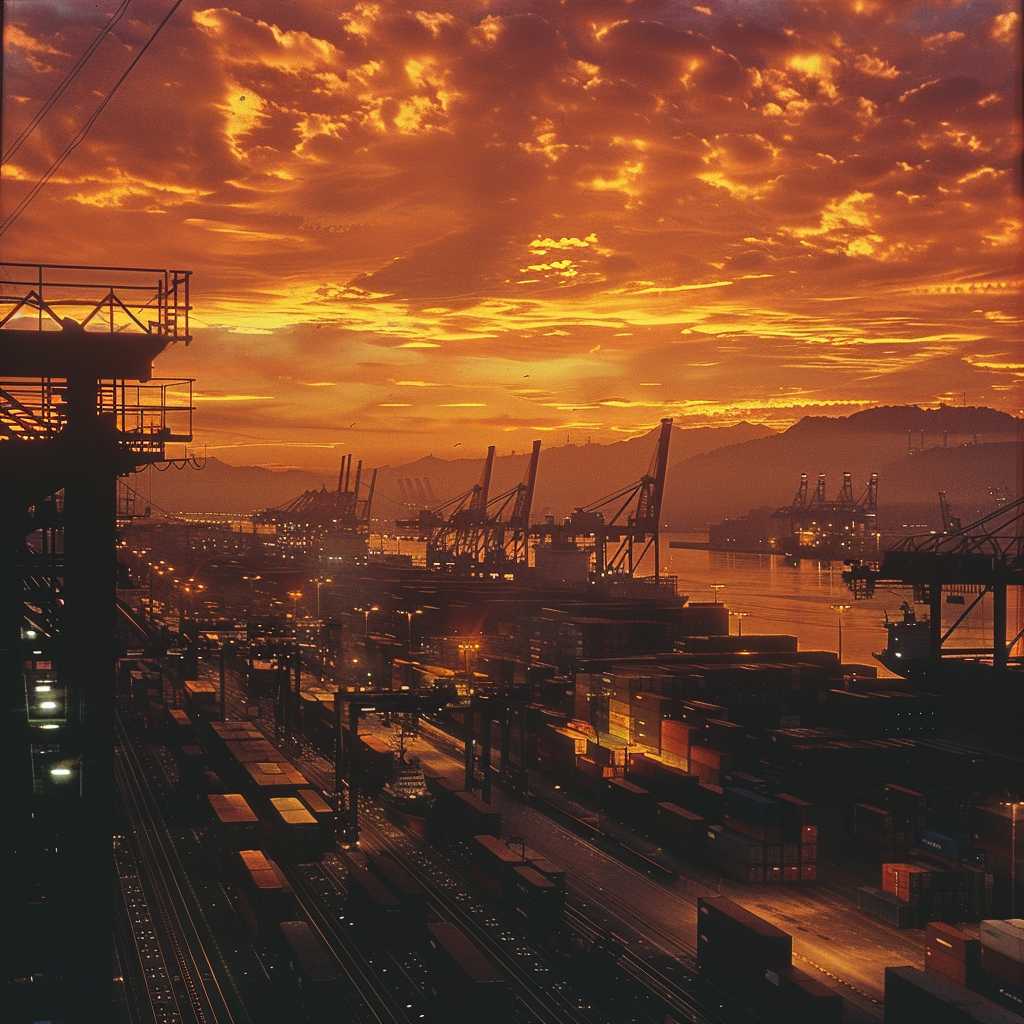Exploring the Importance and Functions of Harbors in Global Trade and Economy
Harbors, as the nexus where land meets sea, have been pivotal in the development of global trade, serving as facilitators of commerce, culture exchange and pushing the boundaries of human exploration. Through this article, we will delve deep into the strategic importance harbors hold, their function in maritime transportation, and their critical role in bolstering economies around the world.
Historical Significance and Development of Harbors
Harbors have been at the core of civilization for millennia. From ancient times when the Phoenicians ruled the Mediterranean, to the British Empire upon which ‘the sun never set’, harbors have been vital for travel, trade, and political power. Early civilizations swiftly recognized that natural bodies of water provided access to distant lands and resources. Consequently, early trading hubs grew around natural harbors, shaping the foundation of numerous ancient cities.
Over time, these naturally sheltered areas gave rise to engineered ports equipped with loading docks, warehouses, and customs houses to facilitate increased trade. Steadily, harbors morphed from mere safe anchorages to complex gateways for global commerce.
Strategic Importance of Contemporary Harbors
Today, harbors are critical components of the maritime industry, serving as launch points for sea transportation and economic stimulation. They are particularly vital for nations with extensive coastlines or island nations where road or air access is limited or impractical. A large percentage of global merchandise trade by volume is transported via waterways.
Positioned at the crossroads of sea lanes and often coupled with industrial areas, modern harbors facilitate trading operations and support economic strategies like export-led growth. Thus harbour cities often become economic powerhouses within their respective countries.
Utilities and Facilities within a Modern Harbor
A contemporary harbor is equipped with facilities tailored to handle diverse cargo types including containers, bulk cargo, liquid bulk such as crude oil, break bulk, and more. Advanced container terminals utilize gantry cranes and are connected by intermodal networks ensuring efficient moving of products from ship to shore(and vice versa), focusing on reducing the cargo’s dwell time in the port.
Furthermore, harbors are often linked directly to systems of highways, railways or inland waterways to create a seamless goods transportation network. Other facilities such as ship repair yards, dry docks, bunkering services and storage warehouses enhance a harbor’s functionality.
The Economic Impact of Harbors on Local and Global Scales
Harbors have a multiplier effect on an area’s economy. By facilitating trade, they allow for incremental employment in various sectors such as shipping, logistics, and ancillary industries. Gigantic global markets like container shipping significantly depend on well-maintained and accessible harbors.
Onshore activities associated with harbors also lead to local economic development. These activities often lure further investment in infrastructure or tourism which then bolsters other service-oriented industries in a complementary effect.
Environmental Considerations and Sustainable Practices in Harbor Management
With great power comes great responsibility – this saying ring true when it comes to management practices in operating harbors. Environmental concerns over marine life disruption, water contamination from cargo spills or port operations urge harbor administrators to embrace sustainable practices. Responsibly managing the intersection between societal demand for trade efficiency and nature conservation maintains a harbor’s long-term viability.
Future Prospects – Technological Advancements in Harbor Operations
The fusion of digital technology with port operations is shaping “Smart Ports”, an innovative approach that uses AI processes for monitoring traffic flows to advanced automation in cargo handling. Ensuring such investments can position harbors at the frontline of global trade competitiveness.
Notes
Image Description: A panoramic view of a modern harbor at sunset showcases its bustling activity—the silhouettes of giant cranes stand alongside vast rows of containers ready for dispatch or shipment intake while vessels prepare to dock guided by tugboats under an amber-tinted sky.
